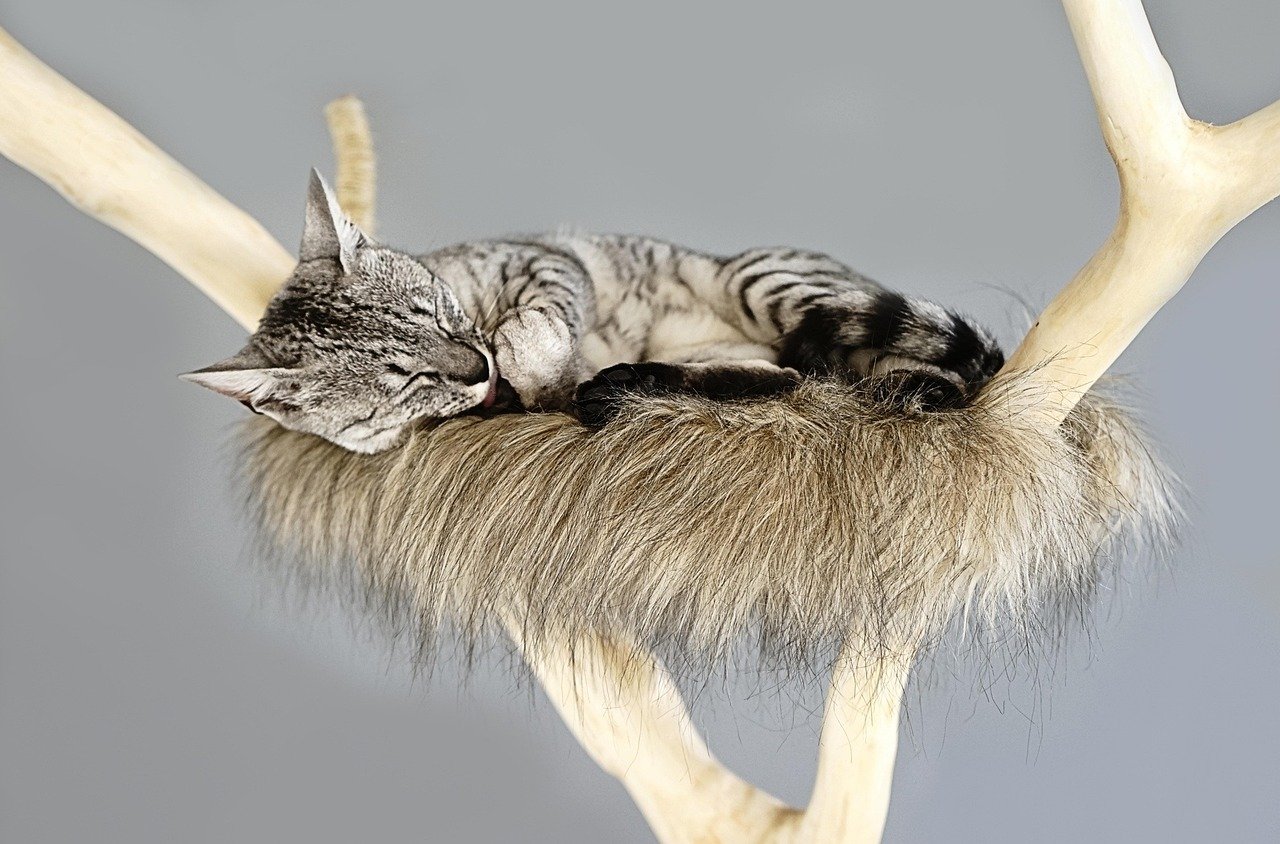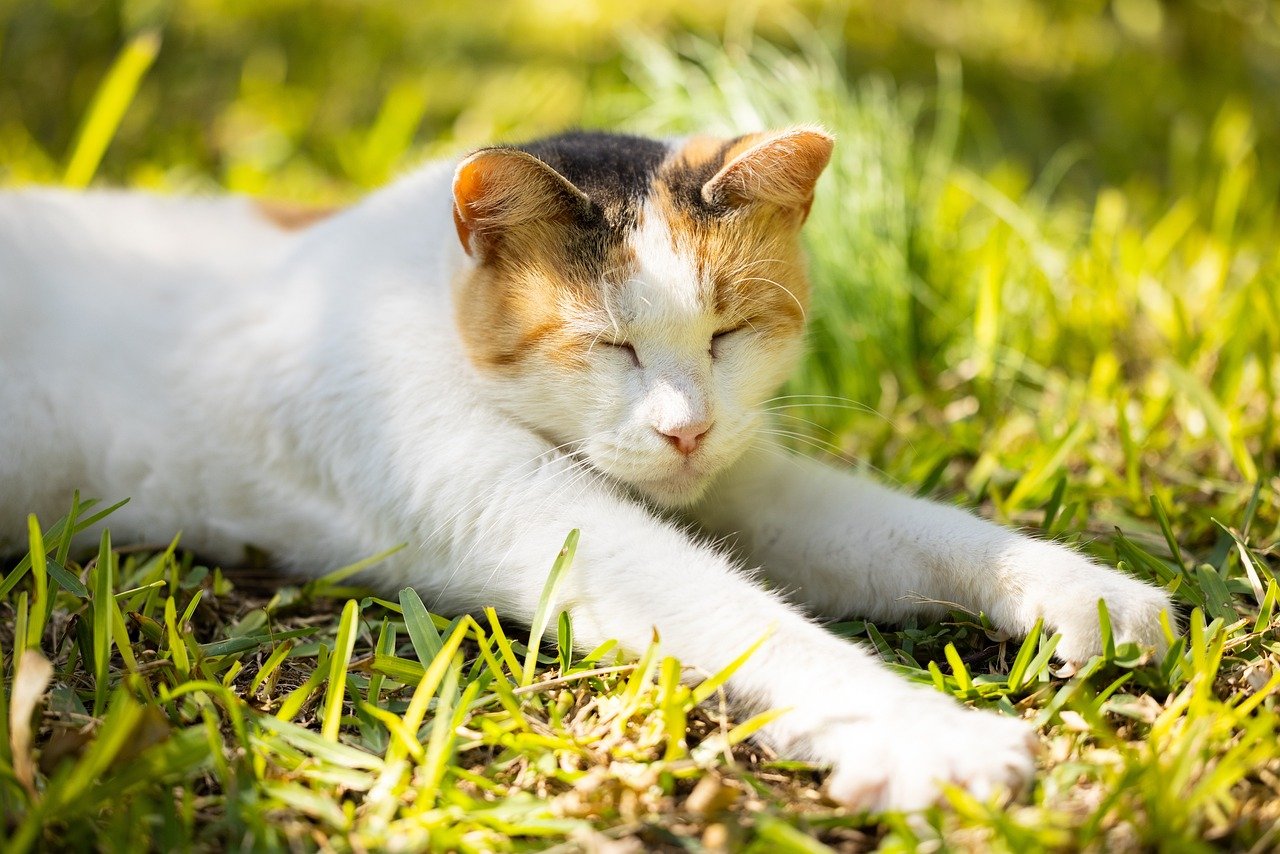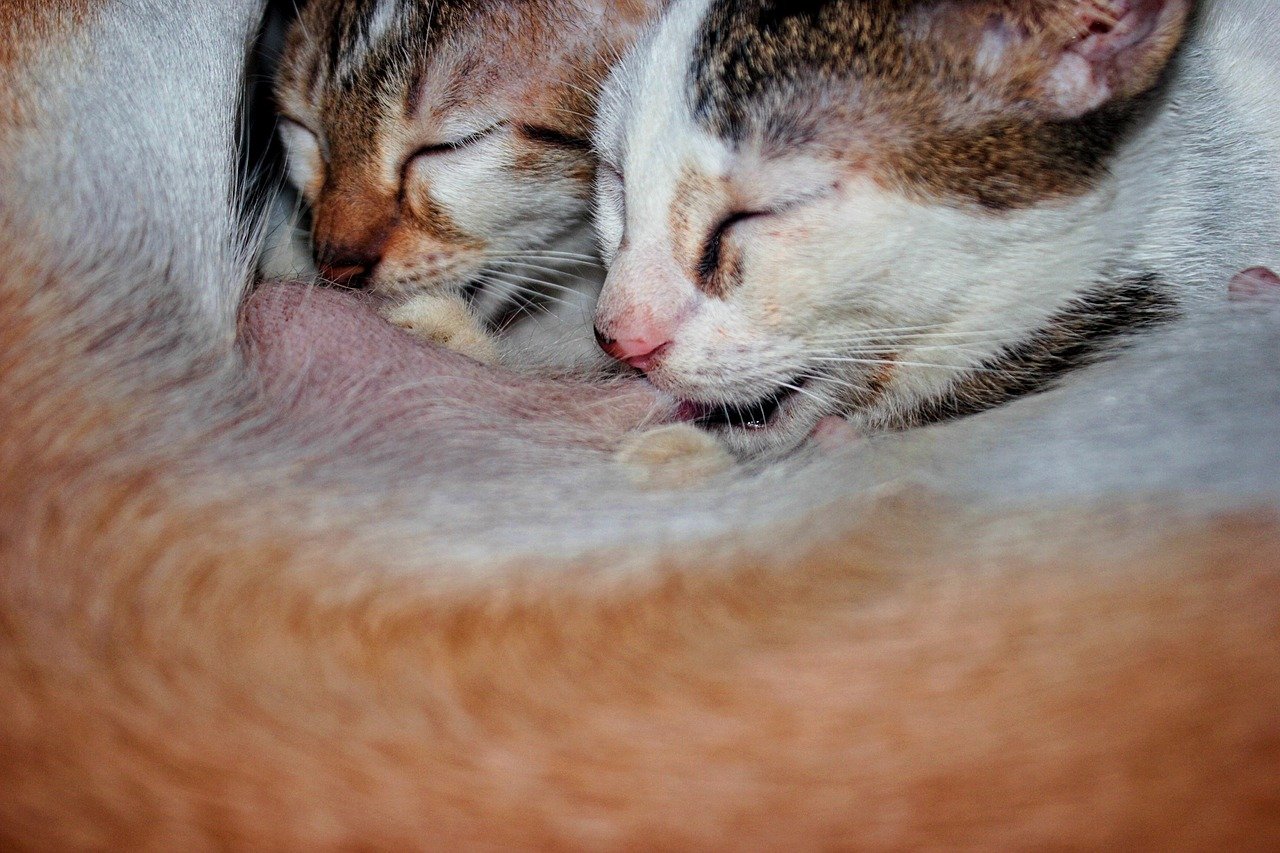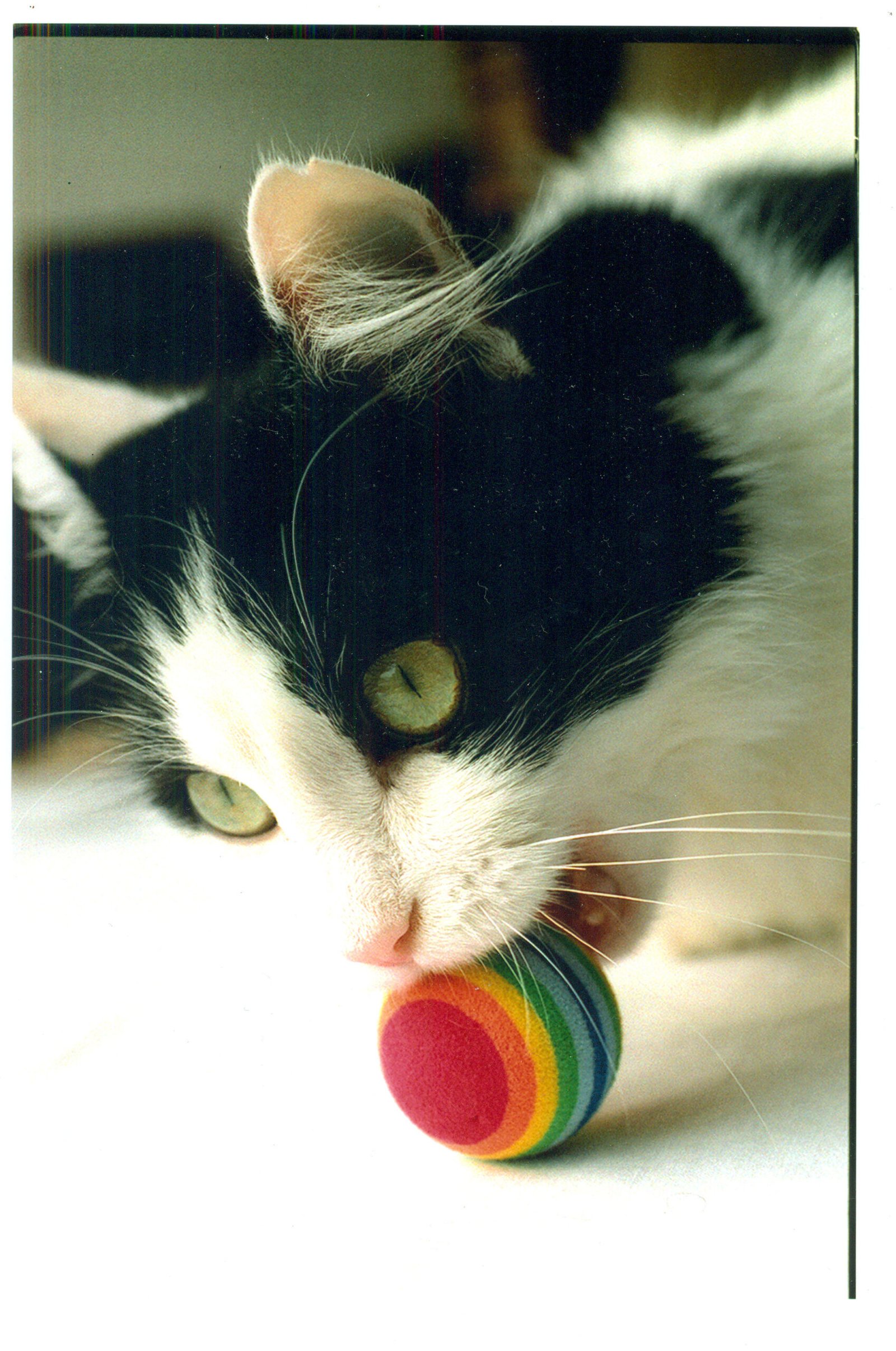Have you ever wondered what it would be like if your cat could actually tell you how they feel? Imagine your home as a place where your feline friend feels truly understood, respected, and valued—a sanctuary designed just for them. Cats are mysterious creatures, often misunderstood, but they have a world of emotions and preferences just waiting to be discovered. When you make your cat feel seen and heard, you unlock a deeper bond and a happier home for everyone. Let’s dive into the art of transforming your space into a paradise where your cat’s presence is celebrated and their needs are fully met!
Understanding Your Cat’s Unique Personality

Every cat is as distinct as a fingerprint. Some are bold explorers, while others tiptoe through life with gentle caution. By observing your cat’s daily behaviors—like where they nap, how they play, or how they greet you—you learn what makes them tick. Maybe your feline loves to watch the birds from a windowsill or prefers to curl up under the bed. Acknowledging these quirks is the first step to making your cat feel understood. When you adapt your home to suit their individual personality, you’re telling your cat, “I see you.” This deepens your bond and brings both comfort and security to your pet. Take time to appreciate the little things that make your cat special, and watch them blossom in return.
Creating Safe and Cozy Hideaways

Cats instinctively seek out safe spaces where they can relax without fear. Providing cozy hideaways—like soft beds tucked into quiet corners, cardboard boxes, or cat caves—gives your feline a sense of control over their environment. These hideouts are more than just cute; they’re essential for your cat’s emotional health. When your cat feels overwhelmed or just needs a break, these retreats become their personal sanctuary. Consider layering blankets or adding a favorite toy to make each spot extra inviting. The presence of multiple hideaways in different rooms allows your cat to choose where they feel safest at any given moment. By respecting their need for privacy, you show them that their comfort matters in your shared home.
Designing Vertical Spaces for Exploration

Have you noticed your cat’s fascination with high places? Cats are natural climbers who love to observe their world from above. Adding cat trees, shelves, or wall-mounted perches can transform your living room into an exciting jungle gym. Vertical spaces offer your cat both exercise and mental stimulation, as well as safe vantage points to survey their territory. These elevated spots also allow shy cats to feel confident by giving them an escape route from household chaos. Make sure each climbing structure is sturdy and easily accessible. When your cat leaps onto a shelf and surveys their domain, they’ll feel empowered and content, knowing the home is just as much theirs as it is yours.
Encouraging Interactive Play Every Day

Playtime is more than just fun; it’s how your cat communicates and expresses their natural instincts. Engaging in daily interactive play with toys like feather wands, laser pointers, or crinkly balls brings out your cat’s inner hunter. This activity not only keeps them physically fit but also helps prevent boredom and destructive behavior. Try to set aside dedicated time each day for play, letting your cat lead the way. Watch how they pounce, stalk, and chase—these are all signs of a happy and healthy feline. Switching up toys and games keeps things interesting, ensuring your cat always feels stimulated and cherished. Remember, when you laugh and play together, you’re building memories that make your home feel truly shared.
Providing Scratching Opportunities

Scratching is a vital part of a cat’s routine. It helps them stretch, maintain healthy claws, and mark their territory. Rather than scolding your cat for scratching furniture, offer them appealing alternatives. Place sturdy scratching posts or pads in key areas, especially near where your cat already likes to scratch. Look for materials like sisal or cardboard, which cats love to dig their claws into. Encourage their use by sprinkling catnip or dangling toys nearby. When your cat sees you respect their need to scratch, they feel understood and less likely to act out. This small adjustment goes a long way in creating a home where your cat’s natural behaviors are welcomed.
Establishing Routine and Predictability

Cats are creatures of habit, thriving on routine and predictability. Feeding them at the same times each day, maintaining a regular play schedule, and keeping their litter box clean all contribute to a sense of stability. When a cat knows what to expect, they feel secure and less stressed. Even small changes, like moving furniture or rearranging their favorite spots, can unsettle them. Try to introduce any alterations gradually, giving your cat time to adjust. Consistency in your actions and responses helps your cat trust you more deeply. By honoring their need for routine, you’re saying, “Your comfort matters here.”
Using Gentle, Respectful Communication

Cats may not understand our words, but they certainly pick up on tone, body language, and intention. Speaking softly, making slow eye blinks, and moving calmly around your cat shows them you mean no harm. Avoid loud noises or sudden movements that could startle them. When you respect their space and approach gently, your cat feels safe enough to approach you on their terms. Sometimes, just sitting quietly nearby allows your cat to initiate contact when they’re ready. Over time, these subtle communications build trust and show your cat they are seen and valued every day.
Offering Windows with a View

A window can be a magical portal for a cat—offering hours of entertainment and mental stimulation. Place a perch or cat bed by a sunny window so your feline can watch birds, squirrels, or simply bask in the sunlight. These views give your cat a sense of connection to the outside world without any risk. If possible, open the window for a safe sniff of fresh air, but always make sure screens are secure. Rotating window spots or adding different perches keeps things interesting. Watching your cat chirp at passing pigeons or stretch in a sunbeam is a reminder of how little touches can make a big difference.
Introducing Scent Enrichment

Cats rely heavily on their sense of smell to navigate and understand their environment. Scent enrichment, like fresh catnip, silver vine, or even a beloved owner’s worn shirt, can comfort and engage your feline. Rotate different scents by using toys, blankets, or scratching posts. You’ll notice your cat may rub their face or roll in delight, marking their territory and enjoying the novelty. Be cautious with essential oils or scented candles, as some can be harmful to cats. Safe scent enrichment helps your cat feel at home, surrounded by familiar and comforting smells.
Respecting Their Need for Alone Time

Just like people, cats sometimes crave solitude. It’s important to allow your cat space to retreat and recharge, especially after socializing or during stressful events. Never force affection or pick up your cat if they’re hiding or seem uninterested. Trust that when they’re ready, they’ll seek you out for attention. Providing multiple quiet zones throughout your home ensures your cat can always find a peaceful spot. By respecting their autonomy, you show your cat you value their feelings and choices, making your home a safe haven.
Addressing Litter Box Preferences

A clean, accessible litter box is crucial for a cat’s comfort and well-being. Cats are particular about where they do their business, and an unclean box can lead to stress or accidents. Scoop daily, change the litter regularly, and keep the box in a low-traffic area for privacy. Some cats prefer covered boxes, while others like open ones; pay attention to your cat’s preferences and adjust accordingly. Multiple cats usually need multiple boxes to avoid territorial disputes. By honoring your cat’s needs, you avoid unnecessary frustration and show them their comfort is a top priority.
Celebrating Gentle Affection and Cuddles

Not all cats love being held or snuggled, but most enjoy some form of affection. Pay attention to how your cat likes to be touched—some may love chin scratches, while others prefer gentle petting along their back. Watch for body language cues like purring, kneading, or slow blinks to know when your cat is happy. Respect their boundaries by stopping when they pull away or flatten their ears. These tender moments of connection reassure your cat that love in your home is always on their terms.
Making Mealtime a Special Ritual

Food is a language of love for many cats. Serving meals at consistent times and in clean bowls shows your cat you care. Some cats enjoy interactive feeders or puzzle toys that make eating more engaging and mimic hunting. Others might appreciate a quiet spot away from noise to eat in peace. Pay attention if your cat suddenly stops eating or changes their habits, as this could signal stress or illness. Mealtime rituals help reinforce your role as a trusted caregiver and make your cat feel valued and secure.
Listening to Your Cat’s Vocalizations

Cats communicate with a rich variety of sounds—meows, trills, chirps, and even hisses. Each vocalization carries a message, whether it’s a greeting, a request for food, or a sign of discomfort. Take time to listen and respond thoughtfully. For example, a persistent meow at the door could mean your cat wants to watch the world outside. By acknowledging their attempts to “talk” to you, you strengthen your bond and show your cat their voice matters in your home.
Accommodating Multi-Cat Households

Living with more than one cat adds complexity to your home dynamic. Each cat needs their own resources—beds, litter boxes, scratching posts—to prevent competition and stress. Create vertical and horizontal territories so cats can have personal space. Monitor their interactions and provide safe zones where a cat can escape if things get tense. Gradual introductions and plenty of positive reinforcement help foster harmony. When all cats feel respected, your home becomes a peaceful, inclusive environment.
Reducing Stress from Loud Noises and Visitors

Cats are highly sensitive to noise and unfamiliar faces. Sudden sounds or a house full of guests can make them anxious. Prepare a quiet room with familiar toys and bedding where your cat can retreat during stressful times. Let visitors know to approach slowly and let the cat come to them if they wish. Calming pheromone diffusers or soft background music can also help ease nerves. Reducing stress shows your cat that their well-being is your priority, even during busy times.
Incorporating Cat-Friendly Plants and Nature

Bringing a bit of nature indoors delights most cats. Safe plants like cat grass or catnip offer new textures and tastes for your feline to explore. Set up a mini garden on a windowsill or dedicate a small indoor planter for your cat’s enjoyment. Always research which plants are non-toxic, as some common houseplants can be dangerous. Natural elements, like pieces of driftwood or smooth stones, can also enrich your cat’s environment. A touch of greenery not only beautifies your home but provides endless fascination for your curious friend.
Observing Changes in Behavior and Health

Keeping a close eye on your cat’s habits helps you spot early signs of stress or illness. Sudden changes in eating, grooming, or social behavior often signal something is amiss. Be proactive—schedule regular vet check-ups and don’t dismiss subtle shifts, like hiding more or vocalizing less. Your attentiveness tells your cat their health and happiness are important to you. Prompt action and gentle care during illness reassure your cat they are truly seen and heard in your home.
Embracing Enrichment and Mental Challenges

Cats thrive when their minds are kept busy. Rotate toys, create new hiding spots, or teach simple tricks with treats. Puzzle feeders, treasure hunts, and interactive play sessions spark your cat’s curiosity. Change up the scenery by moving furniture or adding new climbing options. Enrichment isn’t just for kittens—senior cats benefit from mental stimulation too. Keeping your cat’s environment lively ensures they never feel bored or ignored, no matter their age.
Building Trust Through Patience and Consistency

Trust is the foundation of any strong relationship, and cats need time to feel truly safe. Be patient, especially with shy or newly adopted cats. Move at their pace, responding consistently and kindly to their signals. Celebrate small steps, like a tentative nose boop or sitting nearby. Over time, your cat learns that your home is a place where they are cherished, respected, and always welcome. This trust is a priceless gift, creating a home where both you and your cat feel understood and loved.
Hi, I’m Bola, a passionate writer and creative strategist with a knack for crafting compelling content that educates, inspires, and connects. Over the years, I’ve honed my skills across various writing fields, including content creation, copywriting, online course development, and video scriptwriting.
When I’m not at my desk, you’ll find me exploring new ideas, reading books, or brainstorming creative ways to solve challenges. I believe that words have the power to transform, and I’m here to help you leverage that power for success.
Thanks for stopping by, Keep coming to this website to checkout new articles form me. You’d always love it!






